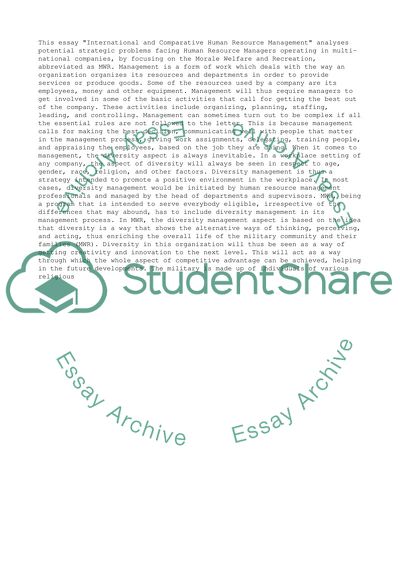Cite this document
(“International and Comparative Human Resource Management Essay - 1”, n.d.)
Retrieved from https://studentshare.org/management/1477057-international-and-comparative-human-resource-management
Retrieved from https://studentshare.org/management/1477057-international-and-comparative-human-resource-management
(International and Comparative Human Resource Management Essay - 1)
https://studentshare.org/management/1477057-international-and-comparative-human-resource-management.
https://studentshare.org/management/1477057-international-and-comparative-human-resource-management.
“International and Comparative Human Resource Management Essay - 1”, n.d. https://studentshare.org/management/1477057-international-and-comparative-human-resource-management.


